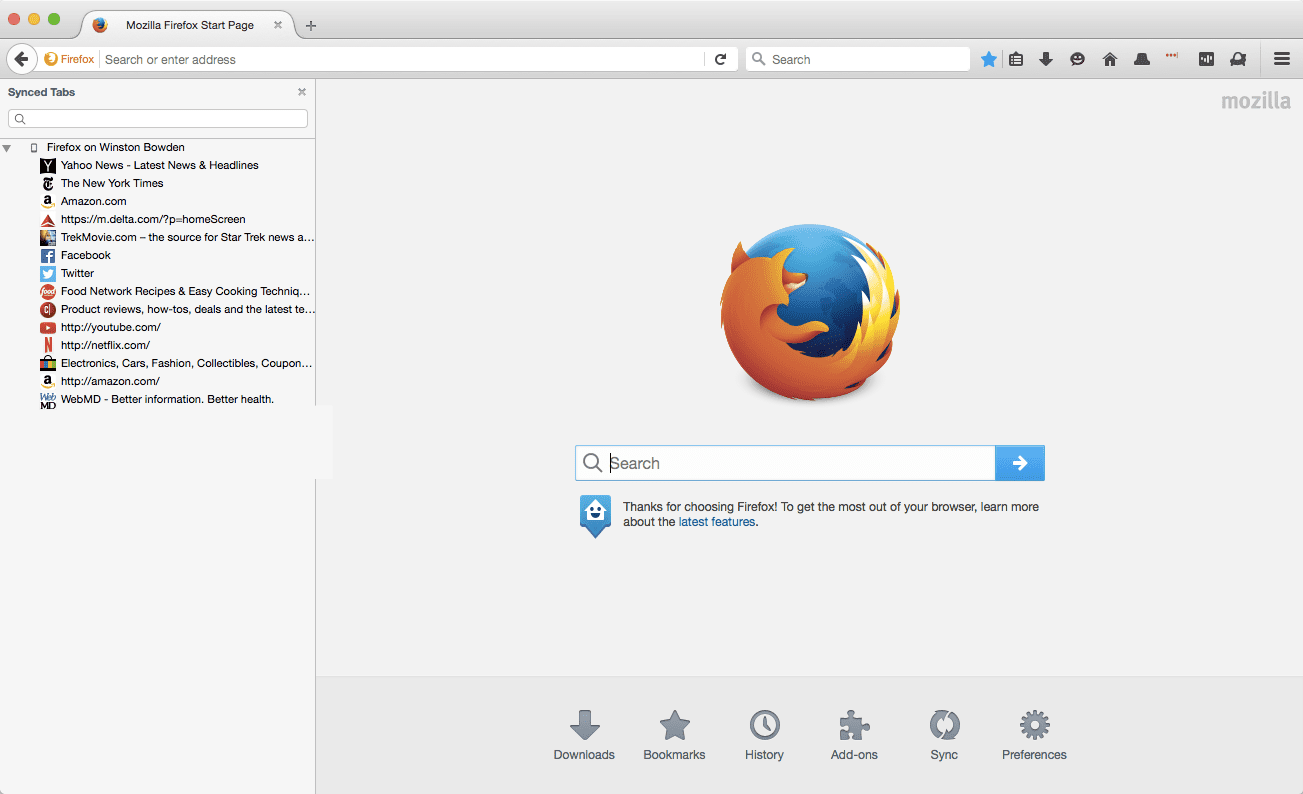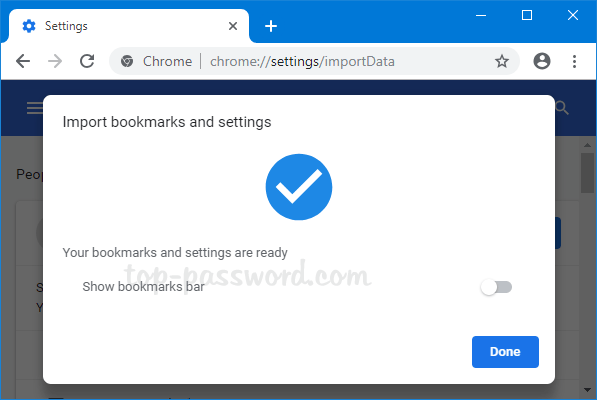
- Firefox or chrome for mac 2012 how to#
- Firefox or chrome for mac 2012 windows 8.1#
- Firefox or chrome for mac 2012 windows#
Firefox or chrome for mac 2012 windows#
Restoring broken Windows 2012 R2 Hyper-V directory permissions.ISAPI Filter ‘C:\Windows\Microsoft.NET\Framework\v9\\aspnet_filter.dll’ could not be loaded due to a configuration problem.Error message “The file is either corrupted or does not have the latest credentials associated with recovery service.
Firefox or chrome for mac 2012 windows 8.1#
Firefox or chrome for mac 2012 how to#
I really can’t do a better job on describing how to do this in Firefox than some of the other brilliant posts out there. Thank you KaPes (last post on the page) for your helpful forum post on the Google product forums. Google Chrome actually utilises the same settings that IE uses – that is the Control Panel > Internet Options settings as discussed in the Internet Explorer section above. So why have I gone into so much detail about IE? You’ll note this blog post is actually about Google Chrome and not Internet Explorer. You must keep the list of permitted sites up to date or make this setting on the internet zone (not recommended). Then hit custom level, scroll right to the bottom and change User Authentication > Logon > Automatic logon with current user name and password.Ī gentle reminder that if the user attempts to access a new service that is NOT listed in local intranet or trusted sites – then they are obviously going to be prompted to enter their credentials! This includes going to instead of – they are different hostnames.

My recommendation is to add services that are outside of the local intranet to the trusted sites zone sites list. What needs to be realised however is this is the default behaviour.ĭon’t worry, it is changeable – however I caution you that you do it properly – such as via a group policy change, etc to avoid user confusion (i.e. But in some cases, organisations have complex setups which will not fall into this category. Generally speaking, this is a good settings. This means that unless IE detects you’re browsing a website within your own network with a local IP address – automatic login will not work and the user will be prompted to type in their credentials. By default, the local intranet zone has the User Authentication > Logon > Automatic logon only in Intranet zone (accessible via custom settings). Websites are broken down into zones – internet, local intranet, trusted sites and restricted sites. Typically accessed via the Tools > Internet Options from within the browser or Control Panel > Internet Options. IE gets it’s settings from the operating system “Internet Settings”. Most browsers insist you enable this at the browser level and/or define a trusted list of hostnames where this is permitted. The last line in bold is what I will be addressing in this post.įirstly, regardless of the browser you are using (Internet Explorer, Google Chrome or Firefox) there are default security settings in place to prohibit the automatic “single sign-on” or NTML authentication via the browser.



 0 kommentar(er)
0 kommentar(er)
